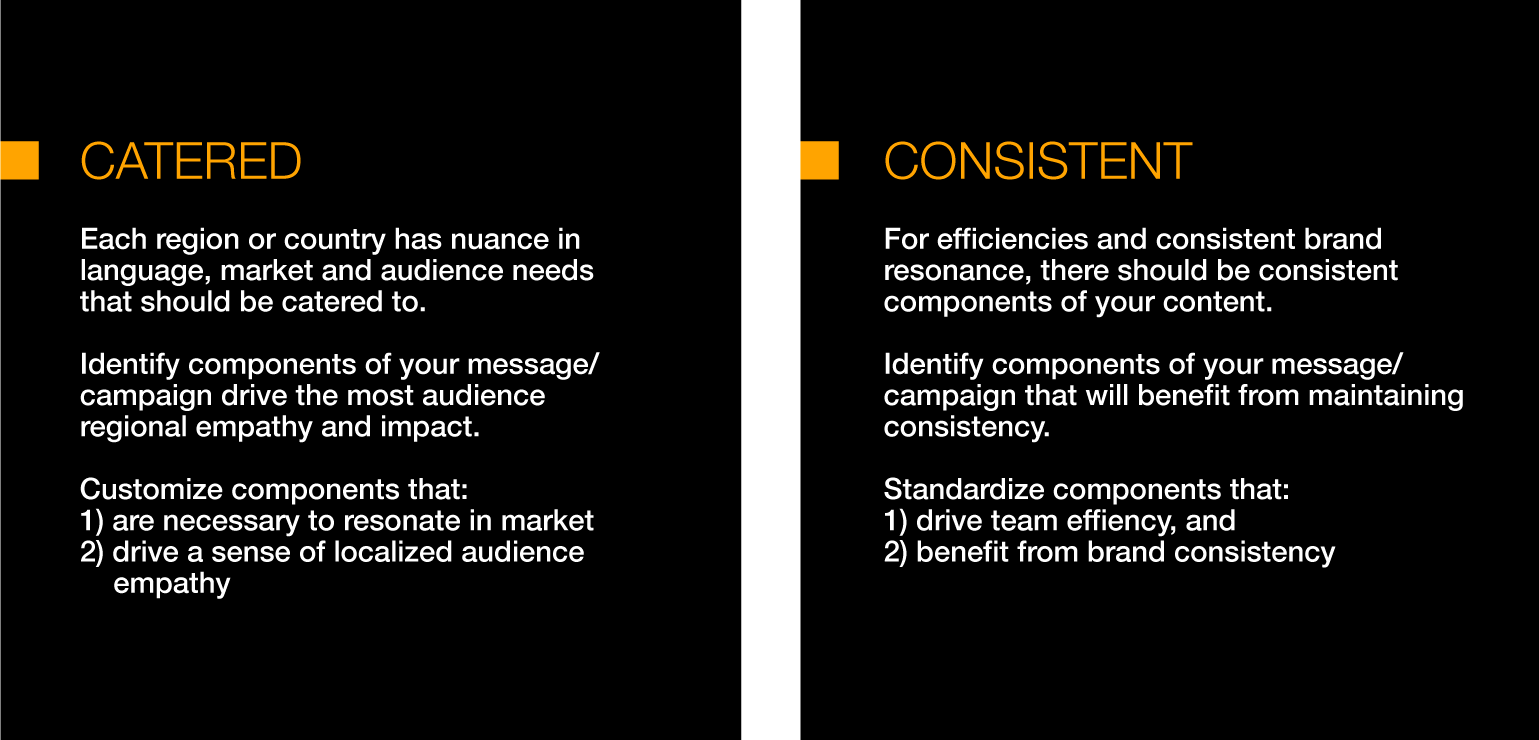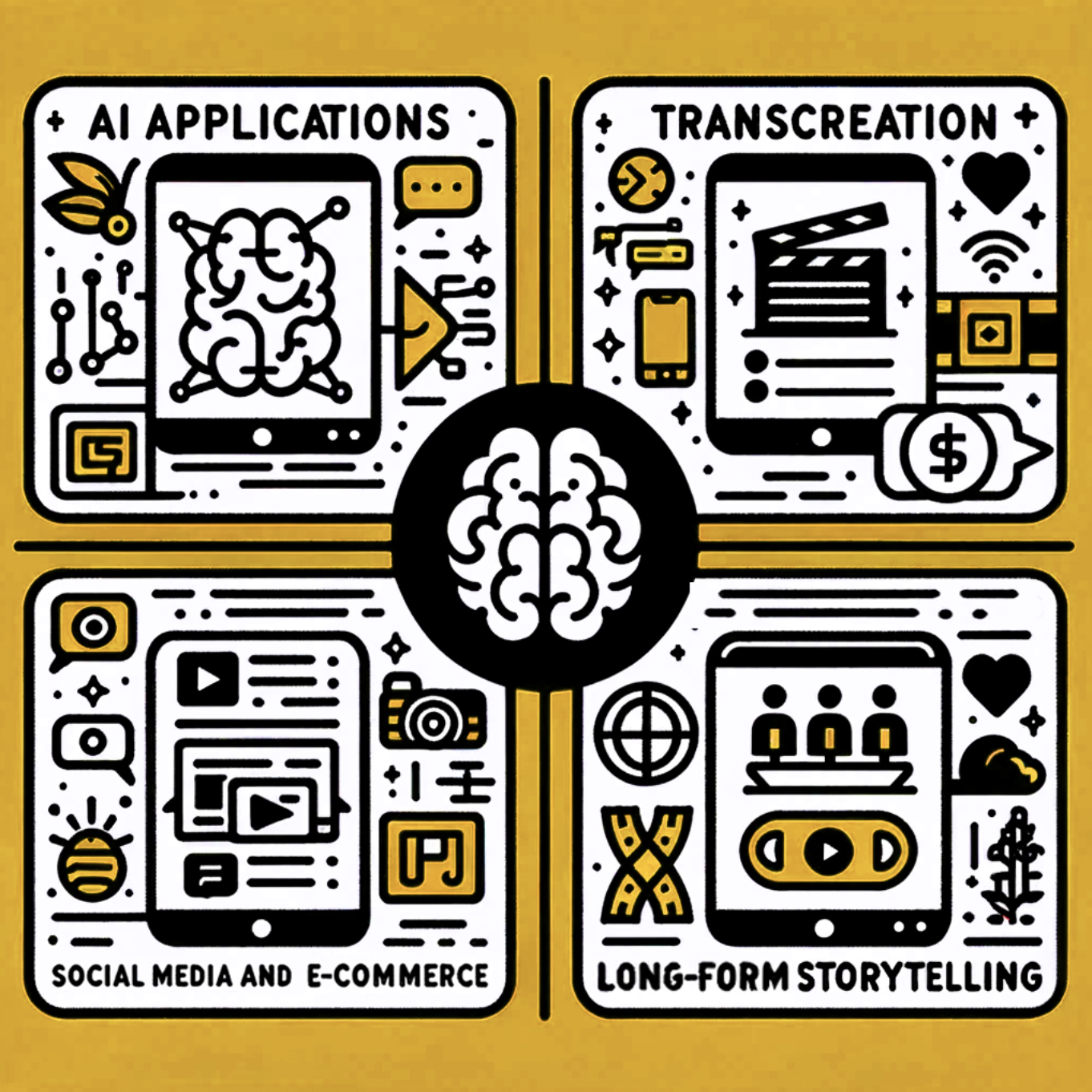1. The evolving role of the CMO (from the Inside-Out)
In an ever-changing C-suite landscape, senior marketing leaders are finding it more and more challenging to demonstrate the impact of marketing on financial outcomes and to communicate the role of the brand in business decisions (according to a Deloitte CMO Survey). That’s because the role is more expansive than ever, making it hard to define and manage the scale of the CMO’s impact.
While the CMO role has traditionally been focused on brand building via media channels, it now bleeds further into internal functions (operations, supply chain, data and analytics, and more). Traditionally, the role was built to look at “external” impact through measuring brand relevance, strategizing brand campaigns and trying new channels. One not-so-expected perspective change that can help drive impact within the CMO function requires a look “inward.”
Evolving the impact of the CMO’s role can be fueled using a framework known as Inside-Out branding. Inside-Out branding is all about aligning internal actions with external experiences. It doesn’t aim to shift the CMO focus away from external audiences, it just swings the pendulum back to those influential internal forces that can magnify impact.
“Oftentimes, the best brand advocates and champions are those closest to you, inside your organization. Inside-Out branding not only improves brand communications, but also enhances human experiences.” – Steve Rosa, Founder and CEO
Inside-Out branding is all about building a cohesive, strong internal brand. One that reaches all corners of an organization’s people and process. In theory, this foundation will then trickle into all aspects of the external audience’s experiences with your brand. Inside-Out brand strategy starts with taking an introspective look at internal programs, internal communications and internal culture. We frame Inside-Out action along four key tenets—inform, inspire, recruit, retain. Some may be more dialed up than others depending on the strategy you are looking to define.
-
Inform stakeholders through consistent brand storytelling and content that captivates.
-
Inspire internal teams who can in turn inspire external customers (from the inside out)
-
Recruit top talent and customer influencers, and turn them into these sought-after brand champions.
-
Retain employee loyalty and in turn inspire customer trust.

Within each of these tenets, we can explore various messaging, tactic and content approaches. By incorporating these tenets as part of a broader CMO strategy, CMOs can cultivate an aligned group of internal brand advocates. Ones that can evangelize marketing’s role in their organizations, from the Inside-Out.
2. The practical application of AI and virtual production
The pace of AI development can be as daunting as it is exciting. Without a practical philosophy on AI, it can be hard to navigate “where to start” in incorporating it into your business.
Harnessing AI’s power starts with looking at where your business or process is, and digging for ways to solve for the inefficient and mundane (i.e., the things that humans wouldn’t mind if they didn't have to do).
“We humbly believe that no tech will ever replace our human genius, just empower more of it by streamlining workflows. AI use at (add)ventures will free us to do more of what we do best—ideation and creation. The end goal remains, providing the soulful solutions that humans will always be better at than machines.“ – Steve Rosa, Founder + CEO
In short, the slow build of AI adoption starts with finding areas of your process that let “humans be more human.” Across many agency workflows, human intelligence will still be needed for ideation and refinement around AI “inputs” and AI “outputs.” Positioning AI as a means to take away the laborious parts of the process is where the most immediate value will come. As an agency, one such area that we’ve identified for AI impact and adoption is the video production process.
Our new virtual production capability begins harnessing the power of AI technology to unlock human creativity and knock out inefficiencies in the production process. This capability has the potential to meet the ever-growing content demands of our clients while eliminating many physical bottlenecks of the production process (i.e., it allows us to generate 3x more content with 40% less travel cost and 4x less carbon footprint). Read more about how virtual production delivers value beyond the budget.
While AI holds much promise, we recognize the risks of implementing it irresponsibly. Digital ethics will always be at the forefront of our work. As we continue to define our use of AI, our thoughtful approach aims to maximize AI’s benefits while proactively mitigating its risks.
3. The importance of transcreation ‘in-culture and in-language’
The Hispanic population in the U.S. is simply too large to not consider in any marketing campaign. According to the U.S. Census in July 2022, the Hispanic population was 19.1% of the total population. The opportunity to connect with these audiences is rapidly growing. However, traditional methods of simply translating English-centric ads can diminish the value of your intended message. One-size-fits-all marketing, translated to Spanish, can run the risk of missing out on key cultural and language elements for optimal impact.
“It is no longer acceptable to just translate to reach Spanish-speaking audiences. Marketers must consider intent from the start and “transcreate.” When you simply translate from English to Spanish after the fact, you can miss out on the true essence of your message.” - Marié Hernandez, Director of Multicultural Marketing and Strategy
The switch to “transcreation” gives extra consideration to the audience’s language and culture within earlier stages of your communication process. At its best, “transcreation” moves beyond simple translation efforts to consider the who, what and why behind underlying messages. It involves considering your original idea, message or concept and adapting it from one culture and language to another with careful consideration for cultural nuance, tone and context.
It’s important when marketing to multicultural audiences to understand how nuanced every culture can be. Storytelling and messaging in both verbal and nonverbal communication can imply different meanings, so understanding how elements such as music, visuals and language choice impact the various audiences is important.
By recognizing and embracing this, brands can create inclusive campaigns and communications where specificity drives authenticity. Here are four tips we’ve found on how brands can create successful communications strategies that resonate with multicultural audiences every time.
When weighing the benefits of transcreating within the confines of limited marketing resources, a question of consistency and efficiency comes to mind (we can’t transcreate custom marketing messages for every culture within budget/resource constraints and still maintain the desired brand consistency). This is where we’ve begun exploring a balanced approach of custom vs. consistent consideration sets in our in-culture and in-language project work.

4. The eminent collision of social media and e-commerce
People don’t just want a seamless digital shopping experience, they need it—or they won’t buy. With a majority of consumers shopping and purchasing through their mobile devices, it’s crucial to understand how social media can be leveraged as a primary e-commerce driver.
“Shopping is hunting and gathering. Hunting is all about the thrill, the Google search, the open-ended Target run. Gathering is all about ease, the frictionless Shopify purchase, the one-click Amazon buy.” – Steve Rosa, Founder and CEO
According to an IAS research report, 78% of consumers use their mobile devices when shopping online. Even if consumers are not purchasing directly through a social media platform, they’re influenced to look up and purchase items directly from the seller, whether that be through their website, a marketplace app such as Amazon, or even in-store.
Now more than ever, personalization isn’t enough. Brands need to focus on curation and immersion. For example, brands can use AI and virtual production to create curated and seamless shopping experiences (e.g., visualizing virtual stores for space planning). Brands should also be taking advantage of social media as a search engine and consider using content creators with a blend of paid and organic/owned social media. In considering these many colliding factors, brands can look to seamlessly meet their desired audiences while driving frictionless sales and engagement.
5. Long-format video storytelling is here to stay, but it requires single-mindedness
As recently as 12 months ago, headlines stating “the 30-second spot is dead” dominated the trades. But, as streaming platforms offer tiered subscription models, platforms like TikTok consider 15-minute uploads, and YouTube makes moves to retire 15-second spots for unskippable 30-second spots, it seems that the future of video content still has a home for longer-form storytelling.
In thinking through audience attention, we sit within a paradox around attention span. The TikTok-ification of media and bite-size content is part of every marketer’s talking points, but in the next breath, they talk about the proliferation of podcasting and hours-long informational videos. We believe this has to do with single-mindedness in our content.
“It’s not that audience attention spans are waning; what’s decreasing is the patience for ambiguous content and gimmicks.” – Scott Maiocchi, SVP, Executive Producer
Often, video creators try to do several things in a piece of long-form content and, along the way, lose sight of its core value to audiences. To keep attention, brands need to decide on the objective of their motion content from the start. As a simple framework to keep this clear, decide if your video content is to be 1) inspiring, 2) educational or 3) informational. We’ve included a snapshot of the objective of each video type below:
-
Inspirational: Inspires viewers around a common purpose, vision or product/service
-
Educational: Educates viewers on a product/service in an easily digestible way
-
Informational: Informs viewers on essential information in a memorable way
Investing in longer-form content demands clarity on its unique value to your audience. For example, if you’re a consumer brand looking to rally consumers around a product offering, create an inspirational “sizzle” style that entertains your audience and tells a compelling story about a customer. If you're a B2B brand looking to educate on the nuance of your product, create an educational explainer-type video.
As we head into 2024, the relevance of longer-form storytelling persists, provided it's sharply focused on delivering value to audiences. By embracing these trends and partnering with leading agencies like (add)ventures, brands can build stronger connections with consumers and drive long-term success.
